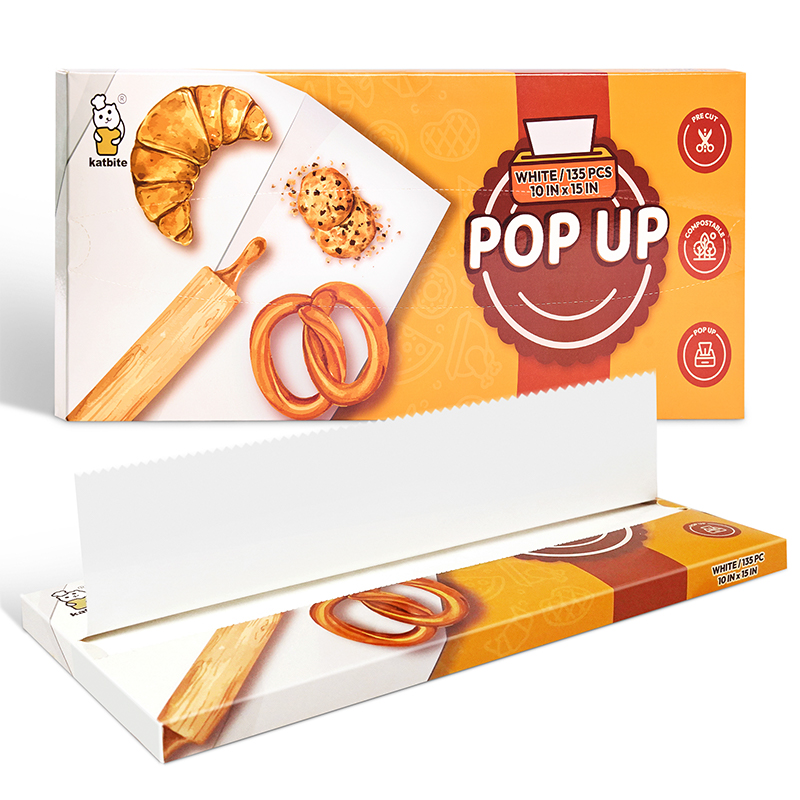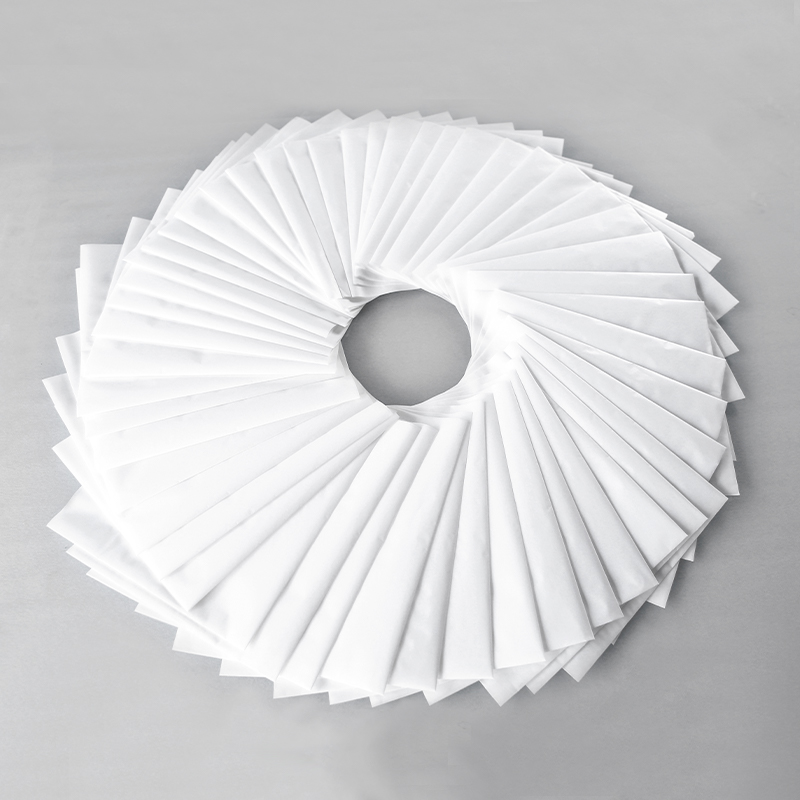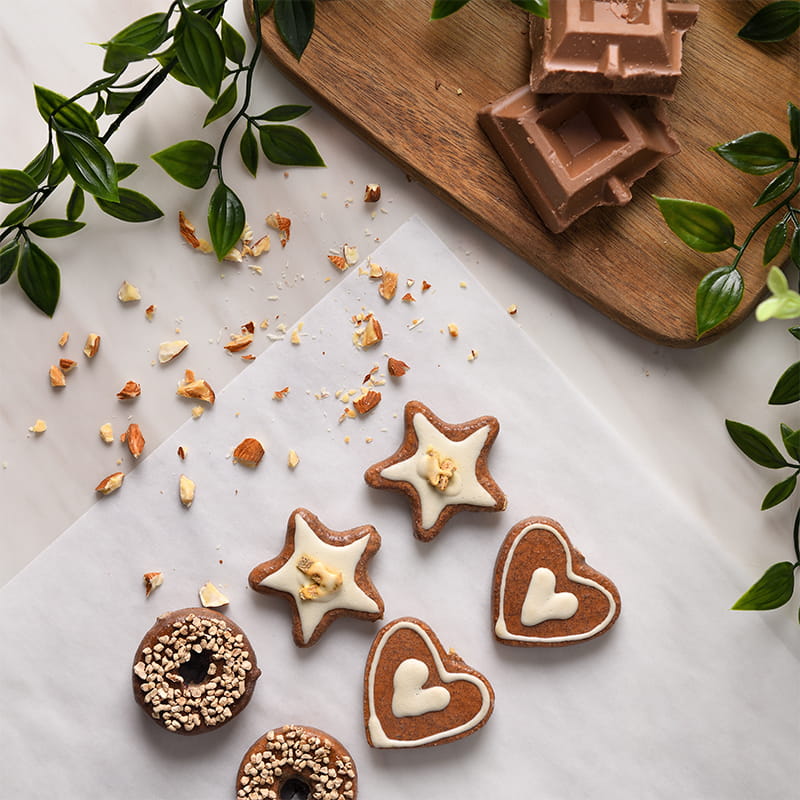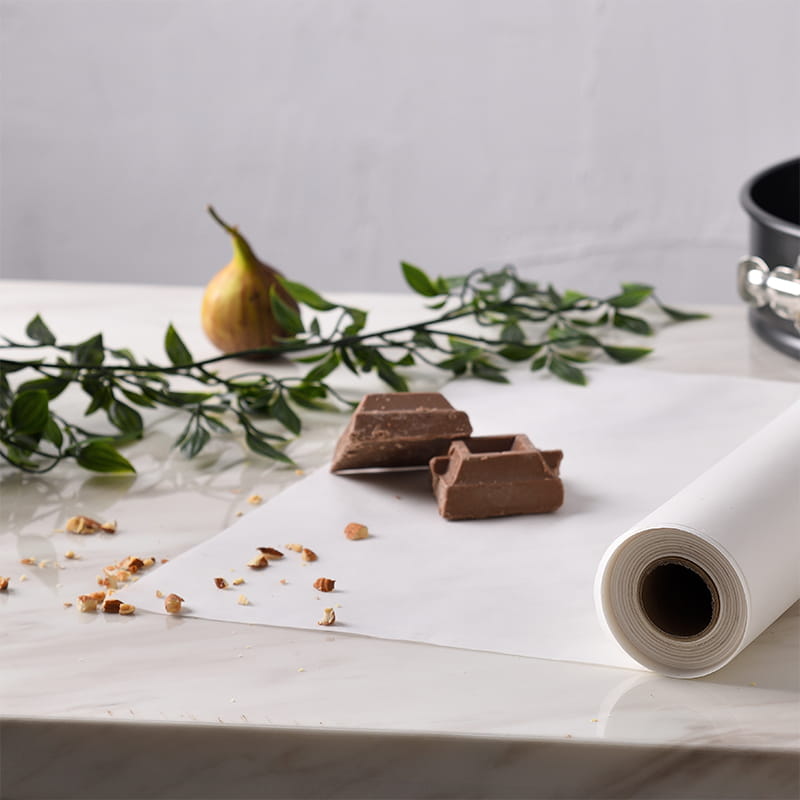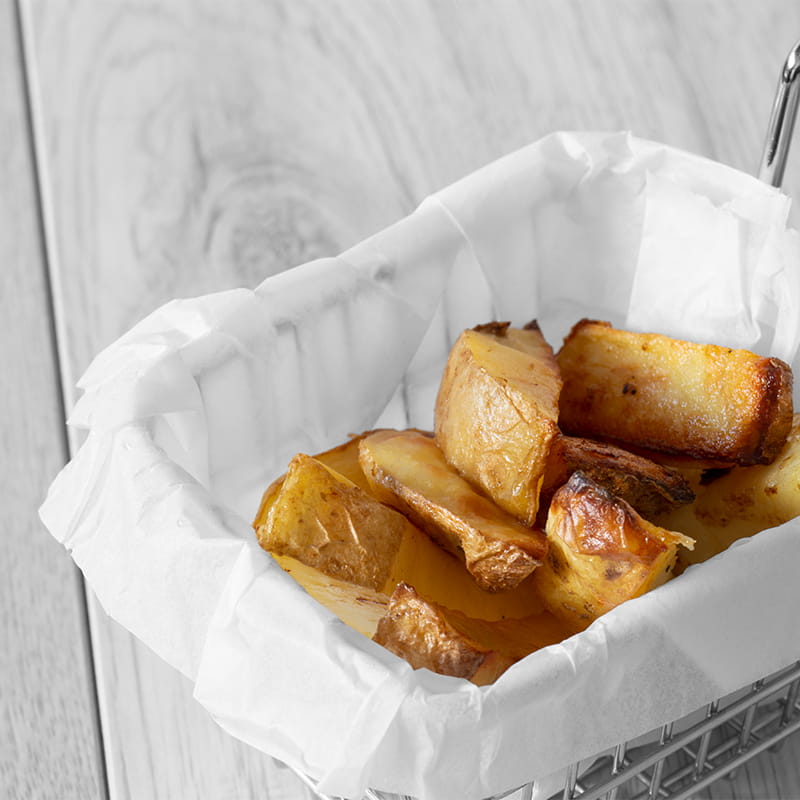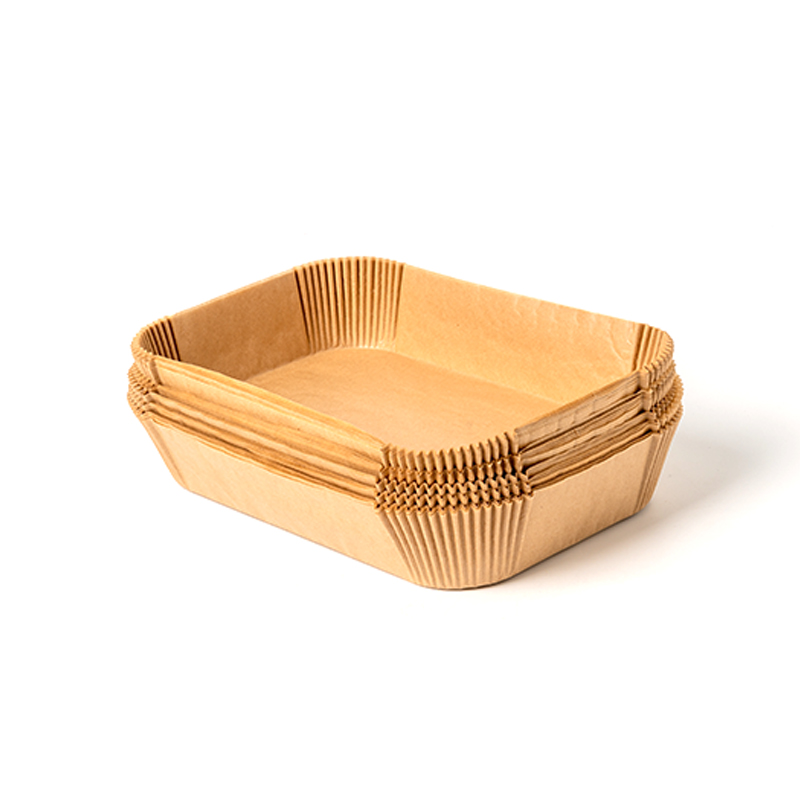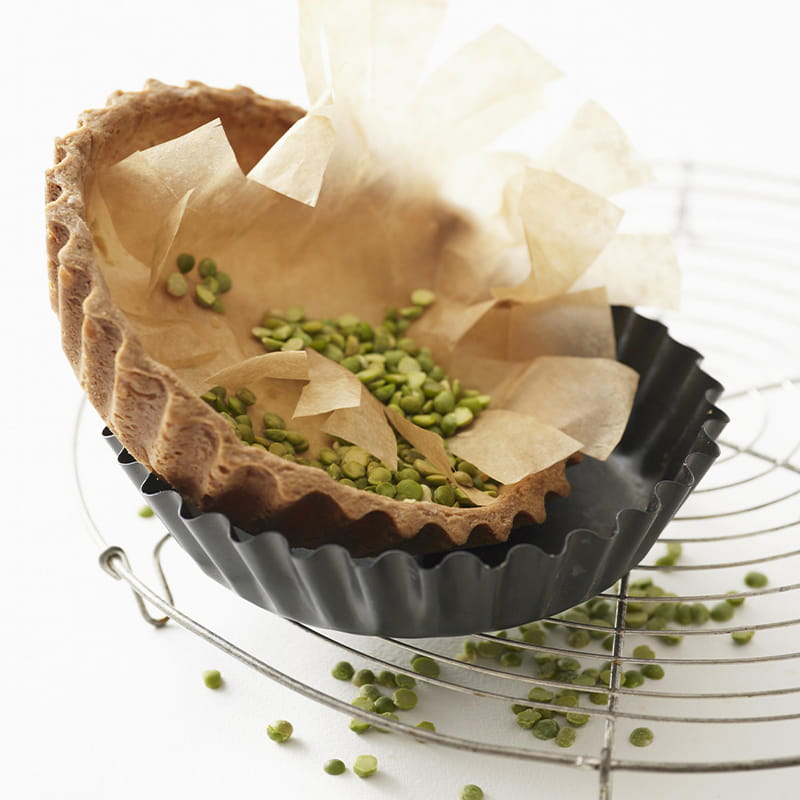Product details: Pop-up parchment paper sheets, an environment-friendly product, are composed of wood pulp and are double-side coated with silicone. Such a coating makes our paper smooth, greasepr...
See DetailsUnderstanding Guanghe Parchment Paper Safety for Modern Kitchens
In an era where kitchen safety is paramount, the tools we use daily come under scrutiny. Parchment paper, a staple for bakers and cooks alike, often sparks questions: Does it leach chemicals? Is bleached paper safe? Let's peel back the layers of this common kitchen helper, examining its composition, manufacturing, and practical use to provide a well-rounded perspective on its safety profile.
The Leaching Question: Separating Fact from Fiction
The concept of leaching – substances migrating from packaging into food – is understandably concerning. We see legitimate worries with materials like certain plastics containing BPA or acidic foods reacting with aluminum foil. This naturally leads to questions about parchment paper, especially its silicone coating.
The key factor lies in material stability. Food-grade silicone, used to coat parchment paper for non-stick properties, possesses a highly stable molecular structure. This inertness means it generally resists breaking down or reacting with food components, even under typical cooking temperatures encountered in home ovens. While no material is entirely inert under every conceivable condition, extensive testing and practical use suggest that silicone-coated parchment paper presents a low risk of significant chemical migration during standard baking, roasting, or food storage tasks. The stability of silicone under heat is a primary reason for its widespread use in kitchenware.
The Bleaching Process: Evolution and Safety
The distinction between "bleached" (white) and "unbleached" (brown) parchment paper stems from the treatment of the wood pulp used in its base.
The Core Material: Both types start with wood pulp, primarily composed of cellulose fibers and lignin. Lignin provides structural rigidity but also gives unprocessed wood its brown color.
The Bleaching Goal: The purpose of bleaching isn't merely cosmetic. Removing lignin enhances the paper's strength, flexibility, and resistance to absorbing oils and moisture – crucial properties for effective baking parchment.
Past Concerns & Modern Practices: Historically, some bleaching methods utilized chlorine-based chemicals, raising environmental and potential health concerns due to byproducts like dioxins. Crucially, the industry has evolved. Modern parchment paper manufacturing predominantly employs Elemental Chlorine Free (ECF) or Totally Chlorine Free (TCF) processes. ECF uses chlorine dioxide, which significantly reduces harmful byproduct formation. TCF relies on oxygen, ozone, or hydrogen peroxide – processes considered even more environmentally friendly and generating minimal concerning residues.
Unbleached Paper Considerations: While unbleached parchment paper avoids bleaching chemicals, it retains more lignin. This natural component can potentially transfer small amounts of organic material to food upon direct contact, especially with fatty or oily items. Furthermore, lignin has a lower charring temperature than pure cellulose, meaning unbleached parchment may be more prone to scorching or smoking at very high oven temperatures or if exposed to direct heating elements.
Repurposing Lignin: It's noteworthy that lignin extracted during processing isn't simply waste. This complex molecule finds applications in areas like bio-based adhesives, renewable energy research (biofuels), and even some pharmaceutical and material science innovations, adding an element of resource efficiency to the process.
Practical Safety: Usage and Context
Safety isn't solely about the material; it's also about how we use it.
Temperature Matters: All parchment paper has temperature limits. Exceeding these limits (typically clearly marked on packaging) can cause scorching, smoking, and potentially degrade the paper and silicone coating. Always adhere to the manufacturer's larger temperature guidelines. Using parchment appropriately within its designed range helps maintain its integrity.
The Fat Factor: While parchment is good for preventing sticking, very fatty or oily foods in direct, prolonged contact can sometimes cause the paper to become slightly translucent. This indicates oil penetration into the paper fibers themselves. While this doesn't inherently imply silicone migration, it can make the paper more fragile and potentially harder to separate from the food cleanly.
Reuse Reality: Parchment paper is generally designed for single use, especially after exposure to oils or high heat. Reusing it increases the risk of tearing, burning, and potential transfer of degraded material or absorbed food residues. It's typically considered a disposable product.
Comparative Safety Landscape: When evaluating kitchen tools, context is helpful.
Common Food Contact Materials: Key Considerations
|
Material |
Primary Benefits |
Potential Considerations |
|
Parchment Paper (Silicone-coated) |
Non-stick, oven-safe |
Follow temp limits |
|
Aluminum Foil |
Excellent heat conductor |
Can react with acidic foods |
|
Plastic Wrap (PVC/PVDC) |
Clear, clings well |
Not for oven use, can melt |
|
BPA-free Plastic Containers |
Durable, stackable |
Not for high-heat cooking |
Environmental Considerations
The environmental footprint of parchment paper involves several factors. While the paper base is biodegradable and often compostable in industrial facilities, the silicone coating complicates home composting. Silicone itself, while inert, is not biodegradable. Recycling options for used parchment paper are generally limited due to the combination of food residue, silicone, and sometimes fat saturation. Some manufacturers focus on responsibly sourced wood pulp and efficient, lower-impact bleaching technologies, which can contribute positively to its overall sustainability profile.
Conclusion: A Generally Safe and Useful Tool
Based on current understanding of materials science and manufacturing practices, parchment paper, including the bleached variety produced with modern ECF or TCF methods, is widely regarded as a safe option for cooking and baking applications when used according to instructions. The silicone coating exhibits stability under typical kitchen conditions, and contemporary bleaching processes effectively manage previous environmental and health concerns associated with chlorine.
Understanding its properties – like temperature limits and the differences between bleached and unbleached options – empowers informed choices. While it's wise to maintain awareness of material interactions in our kitchens, the available evidence suggests parchment paper remains a practical and reliable tool. Its ability to reduce sticking, simplify cleanup, and provide a non-reactive surface contributes significantly to its enduring popularity. As with any kitchen product, using it appropriately and within its intended parameters is key to a safe and enjoyable cooking experience.


 English
English 中文简体
中文简体